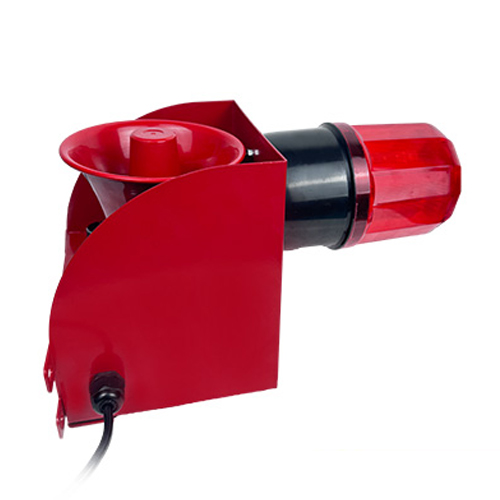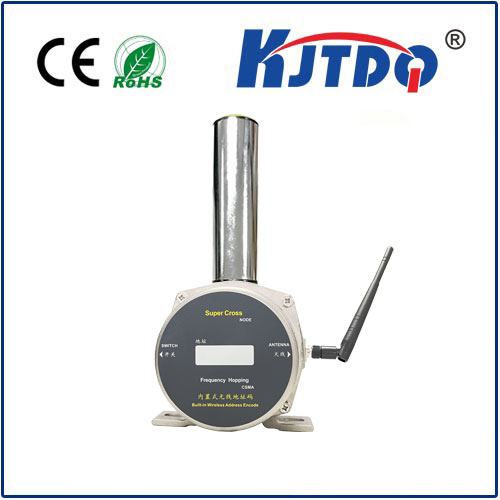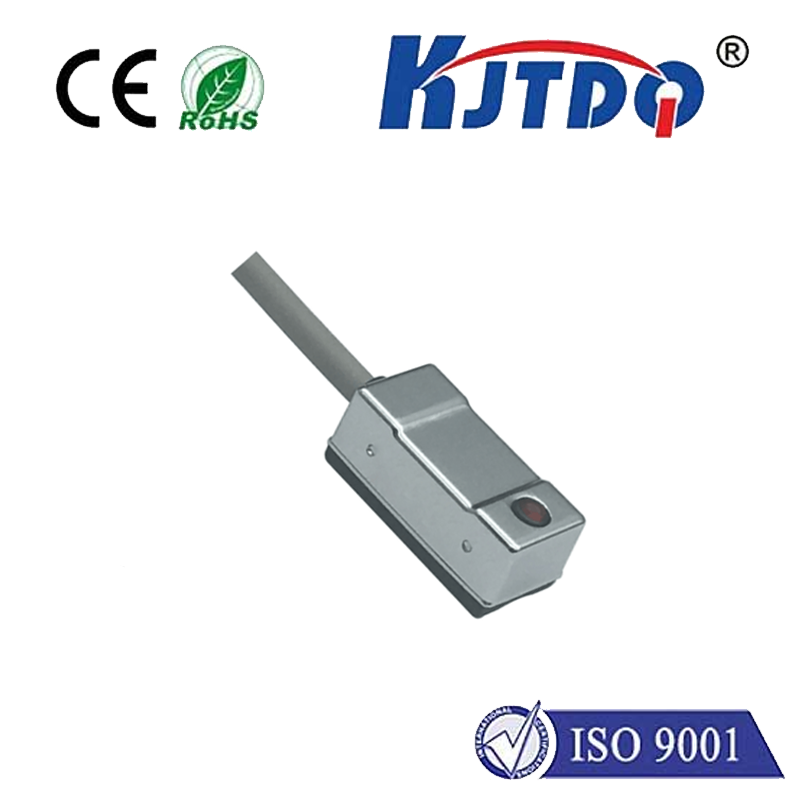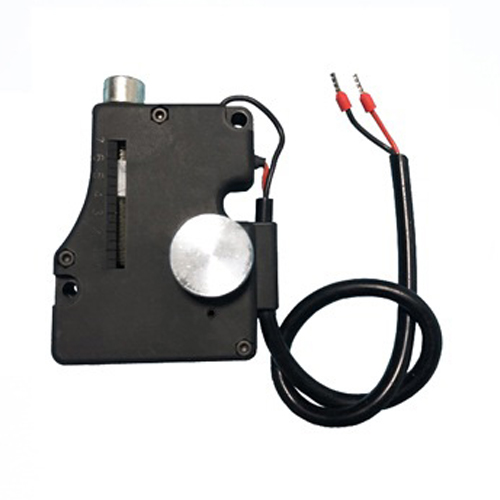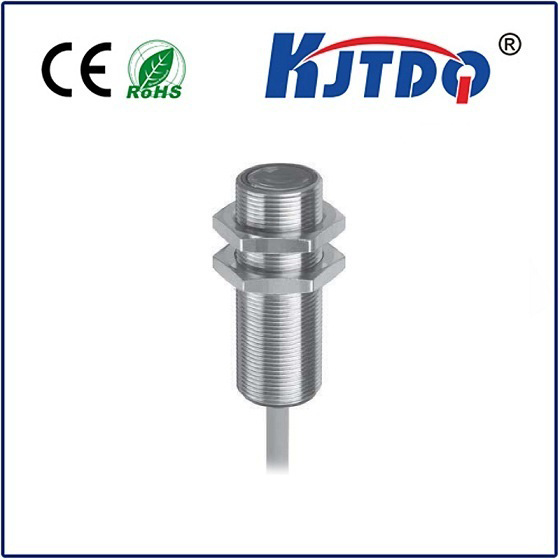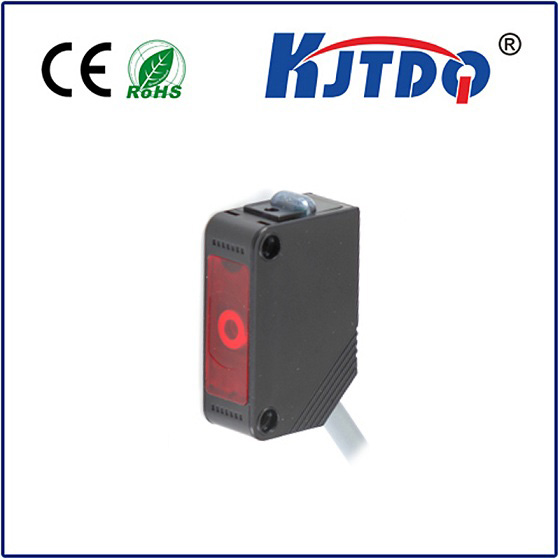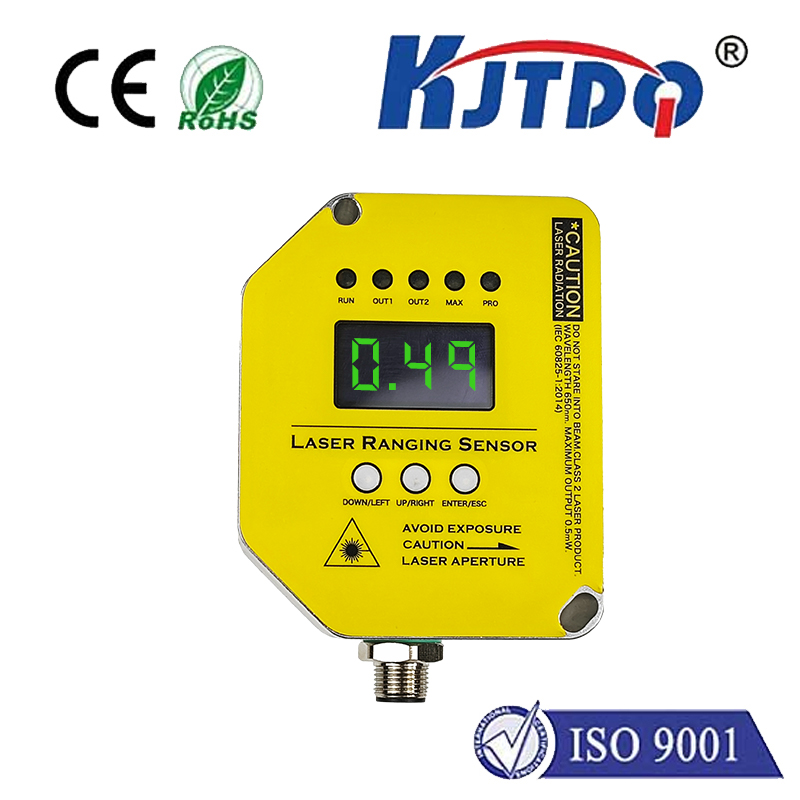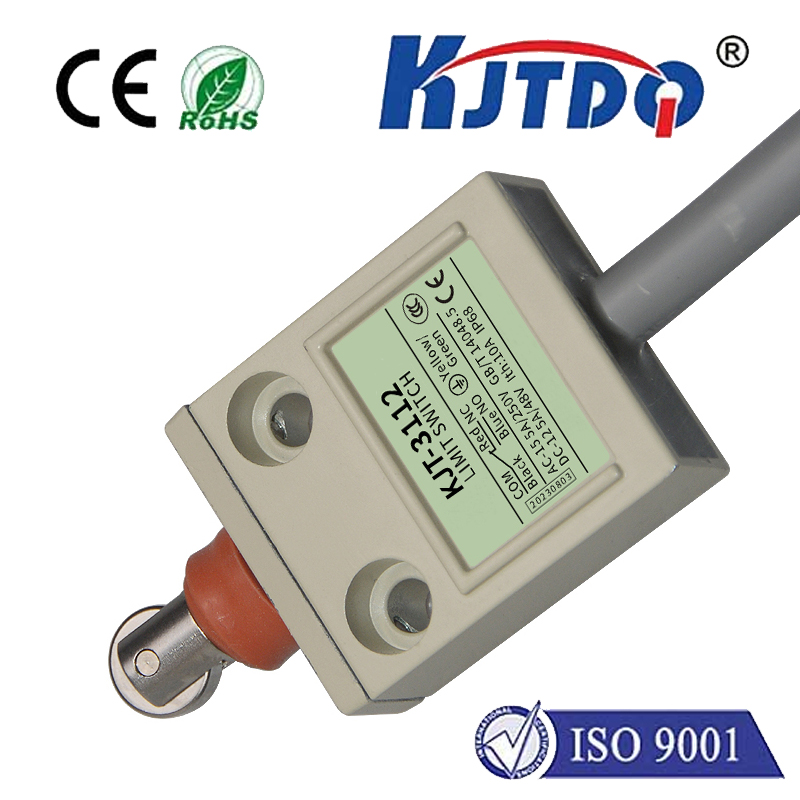upstream sensor
- time:2025-08-23 01:54:13
- Click:0
Upstream Sensors: The Strategic Advantage in Modern Engineering Systems
Imagine a critical piece of machinery failing unexpectedly, halting production. Or a water treatment plant detecting contamination only after it’s entered the main distribution network. These costly scenarios often stem from one fundamental issue: a lack of visibility into the very beginning of a process. This is where the strategic deployment of upstream sensors becomes not just beneficial, but essential. By providing early detection and insightful data from the source, upstream sensors empower proactive control and optimization across countless industries, fundamentally transforming how we manage systems and processes.
What Exactly is an Upstream Sensor?
Simply put, an upstream sensor is a measurement device positioned at or near the origin point of a fluid, material, or energy flow within a system. It monitors key parameters before they can be influenced by downstream processes, components, or potential points of contamination or degradation. Think of it as a sentinel stationed at the gateway:
- In a Pipeline: An upstream flow sensor measures the rate and pressure of raw material entering the line, before it passes through pumps, valves, or mixing points.
- In Water Treatment: An upstream turbidity sensor monitors the quality of source water (like a river or reservoir) before it enters the primary treatment facility.
- In Manufacturing: An upstream temperature or pressure sensor checks the condition of feedstock or coolant entering a machine tool before processing begins.
- In Environmental Monitoring: An upstream sensor gauges pollutant levels in a tributary stream before it joins a larger river system.
This positioning is crucial. It contrasts directly with downstream sensors, which measure conditions after a process or component has had its effect. The core value of an upstream sensor lies in its ability to provide a baseline reference and enable early detection of deviations.

The Unmatched Value Proposition: Why “Upstream” Matters
Investing in upstream sensing isn’t just about placing a device earlier in the line. It’s about unlocking significant operational advantages:
- Proactive Problem Identification & Root Cause Analysis: By monitoring conditions at the source, upstream sensors detect issues before they cascade through the system. A sudden drop in upstream pressure could indicate a leak or pump failure early, allowing intervention before equipment damage or complete shutdown occurs. Similarly, detecting a contaminant spike in raw water upstream provides valuable time to adjust treatment processes or issue warnings, preventing contamination downstream. It simplifies root cause analysis – if the upstream parameter is wrong, the problem likely originated before your primary process.
- Enhanced Process Control & Optimization: Stable inputs are critical for stable outputs. Upstream sensors provide the essential data needed for precise feedforward control strategies. For example, knowing the exact flow rate and temperature of a material entering a heat exchanger beforehand allows the control system to proactively adjust steam flow for optimal heat transfer at the outlet, rather than just reacting downstream. This leads to greater efficiency, consistency in product quality, and reduced waste.
- Accurate Calibration & Reliable Measurement: Downstream measurements can be influenced by numerous factors introduced after the source (e.g., pipe friction, component wear, added chemicals). Upstream measurements provide a more stable, less adulterated reading of the initial condition. This is vital for calibrating downstream sensors or verifying their accuracy over time. Trustworthy calibration starts with a known good reference point, often provided by an upstream sensor.
- Foundation for Predictive Maintenance: Continuous monitoring of upstream conditions feeds valuable data into predictive maintenance algorithms. Detecting subtle changes in vibration upstream of a bearing, or consistent gradual increases in upstream pressure drop indicating pipe fouling, allows maintenance to be scheduled before a failure occurs. Predictive capabilities derived from upstream data translate directly into reduced downtime and lower maintenance costs.
- Protection of Downstream Assets: Expensive machinery located further down the line is vulnerable to damage from poor-quality inputs. An upstream sensor detecting particulates too large for downstream pumps, corrosive elements entering sensitive equipment, or extreme pressure surges acts as a critical safeguard. It can trigger alarms or automated shutoffs to protect valuable assets.
Strategic Deployment: Implementing Upstream Sensor Solutions
The effectiveness of an upstream sensor network depends heavily on strategic implementation. Key considerations include:
- Identifying Critical Entry Points: Where is the earliest point where a critical parameter can be reliably measured? This requires a thorough understanding of the entire system flow.
- Selecting the Right Technology: Sensor choice (e.g., ultrasonic flow meters, optical turbidity sensors, chemical probes, pressure transducers) must match the specific parameter, the nature of the medium (liquid, gas, slurry), environmental conditions (temperature, pressure, cleanliness), and required accuracy. Durability and resistance to fouling are often paramount upstream.
- Robust Connectivity & Data Handling: Reliable data transmission from often remote or harsh upstream locations is crucial. This might involve wired connections, robust wireless protocols (like LoRaWAN or cellular IoT), or edge computing capabilities to pre-process data locally before sending it to a central system. Real-time data accessibility is key to unlocking proactive benefits.
- Integration with Control Systems: The true power is realized when upstream sensor data is seamlessly integrated into SCADA, DCS, or PLC systems. This enables automated feedforward control actions, sophisticated alarming, and provides the context needed for historical analysis and optimization. Seamless integration transforms raw data into actionable intelligence.
Applications Spanning Industries
The versatility of upstream sensing is evident in its widespread adoption:
- Water & Wastewater Management: Monitoring source water quality (turbidity, pH, dissolved oxygen, contaminants), flow into treatment plants, and influent characteristics at the headworks.
- Oil & Gas: Measuring reservoir pressure and flow at the wellhead, monitoring pipeline intake pressure and composition upstream of processing facilities, detecting sand or water production early.
- Chemical & Process Industries: Precisely monitoring raw material flow and properties (viscosity, concentration) entering reactors or mixing vessels, checking feed steam or coolant conditions.
- Power Generation: Monitoring feedwater quality and flow entering boilers, intake water conditions for cooling systems.
- Manufacturing: Verifying characteristics of incoming raw materials (metal stock, plastics, chemicals) before they enter automated production lines.
- Environmental Protection: Establishing baseline water/air quality conditions at the source points of potential pollution pathways.
Moving Beyond Reaction to Strategic Control
Relying solely on downstream measurements means constantly playing catch-up, reacting to problems that have already impacted the system. It’s a fundamentally reactive posture. Upstream sensors shift the paradigm towards a proactive, strategically informed approach. By providing a clear window into the initial conditions that define a process or system’s operation, they lay the groundwork for optimization, protection, and true predictive capability. The strategic placement of sensors at the source isn’t just an operational tweak; it’s an investment in resilience, efficiency, and fundamental control.












